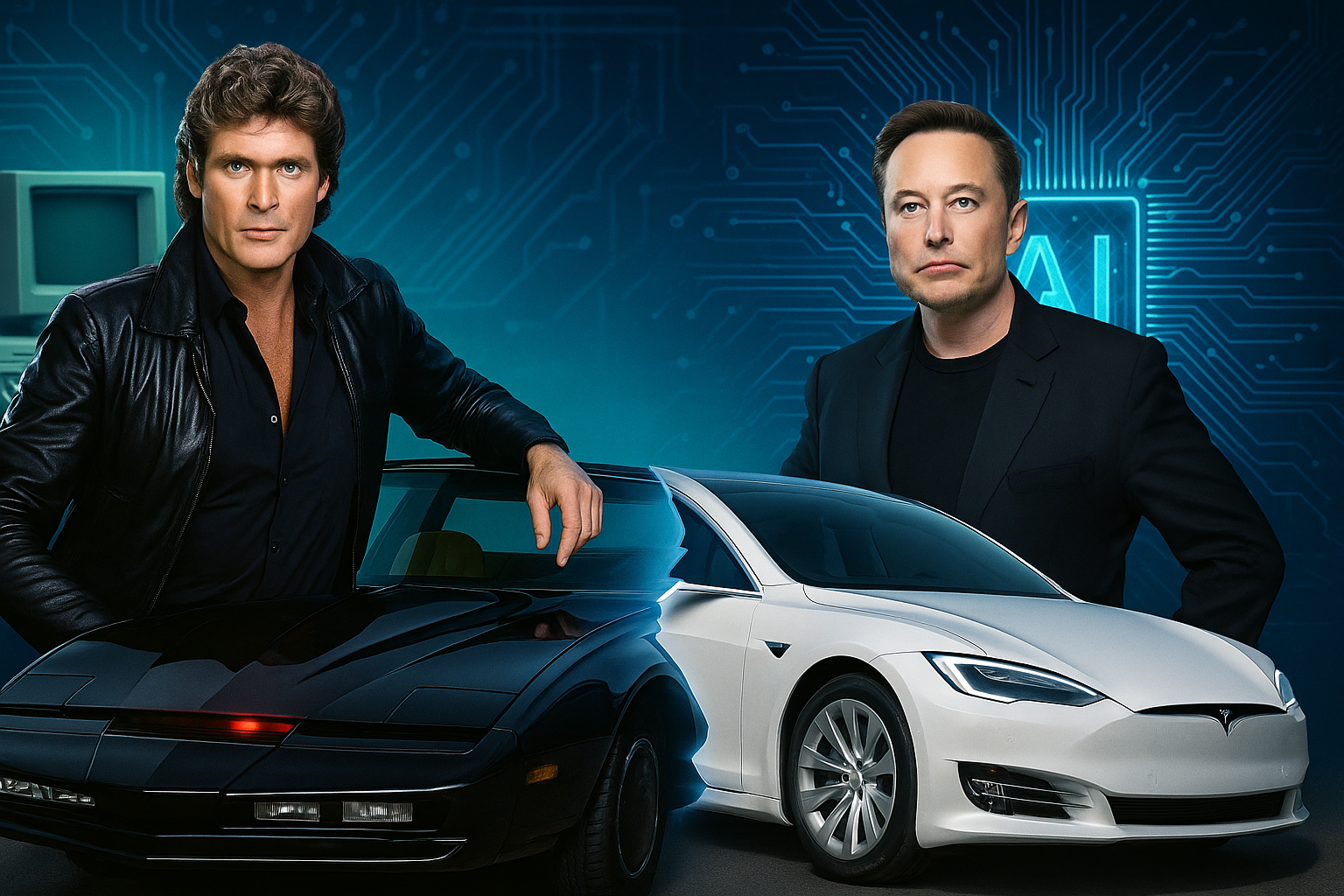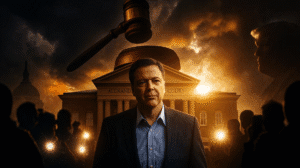The Washington Eye
The futuristic allure of a car that can drive itself, respond to voice commands, and even possess a unique personality captured the imaginations of millions in the 1980s with the television series Knight Rider. Starring David Hasselhoff as Michael Knight, the show featured a technologically advanced, artificially intelligent car named KITT (Knight Industries Two Thousand). KITT was more than just a vehicle; it was a partner, capable of incredible feats and holding conversations with Michael. Decades later, the automotive world is witnessing the emergence of vehicles with self-driving capabilities, most notably those produced by Tesla. This begs the question: could the fictional world of Knight Rider, with its iconic talking car, have played a role in inspiring Elon Musk’s vision for Tesla’s autonomous driving technology?
Knight Rider, which aired from 1982 to 1986, presented a world where a highly modified Pontiac Firebird Trans Am possessed an advanced artificial intelligence. KITT could drive itself with remarkable precision, analyze situations, communicate verbally, and even exhibit a dry wit. The bond between Michael and KITT was central to the show, portraying a symbiotic relationship between man and machine. While the technology depicted in Knight Rider was firmly rooted in science fiction at the time, it planted a seed in the collective consciousness about the possibilities of intelligent vehicles.
Fast forward to the 21st century, and Tesla has become a pioneer in electric vehicles and autonomous driving technology. Their Autopilot system, and the more advanced Full Self-Driving (FSD) capability, aim to give vehicles the ability to navigate roads, change lanes, park, and respond to traffic signals with minimal human intervention. While Tesla’s technology relies on a complex network of sensors, cameras, and sophisticated algorithms rather than a single AI entity like KITT, the underlying goal of creating a vehicle that can operate autonomously shares a striking resemblance to the futuristic vision presented in Knight Rider.
Elon Musk, the visionary CEO of Tesla, has often spoken about his interest in science fiction and its influence on his ambitions. While there is no direct confirmation that Knight Rider specifically inspired Tesla’s self-driving efforts, the cultural impact of the show and its depiction of an intelligent, autonomous vehicle cannot be dismissed. For a generation that grew up watching Michael Knight and KITT solve crimes and navigate perilous situations, the idea of a self-driving car was not entirely foreign when Tesla began to introduce its Autopilot features.
The differences between KITT and Tesla’s current autonomous systems are significant. KITT was portrayed as a sentient being with a distinct personality and the ability to engage in complex conversations. Current autonomous driving systems in Teslas, while incredibly advanced, operate based on pre-programmed algorithms and machine learning. They lack the genuine consciousness and emotional capacity of KITT. Furthermore, KITT’s capabilities often ventured into the realm of fantasy, including features like a turbo boost and bulletproof armor, which are far beyond the scope of current automotive technology.
However, the aspirational element remains. Knight Rider showcased a future where humans could trust and rely on intelligent machines to handle the complexities of driving. Tesla’s pursuit of full self-driving aims to achieve a similar level of autonomy, albeit through different technological means. The convenience, safety, and potential societal benefits envisioned in Knight Rider, such as reduced traffic accidents and increased efficiency, are also driving forces behind Tesla’s autonomous vehicle development.
It is also worth noting the role of voice interaction. KITT’s ability to understand and respond to Michael’s voice commands was a key element of their interaction. Tesla vehicles also incorporate voice control, allowing drivers to perform various functions hands-free. While not as sophisticated as KITT’s conversational abilities, the integration of voice commands represents another parallel in the pursuit of a more intuitive and interactive driving experience.
Whether Knight Rider directly inspired Elon Musk is a matter of speculation. However, the show undeniably contributed to the popular imagination surrounding intelligent, autonomous vehicles. For many, Knight Rider provided a compelling glimpse into a future where cars could think and drive for themselves. Tesla, in its efforts to bring truly self-driving cars to the market, is, in a way, making a piece of that science fiction dream a reality. The cultural impact of shows like Knight Rider should not be underestimated in shaping the visions and aspirations of innovators like Elon Musk, who are striving to push the boundaries of what is technologically possible. The road to fully autonomous vehicles may be paved with complex algorithms and sensor technology, but the initial spark of inspiration might just have come from a talking car on a popular television show.
















